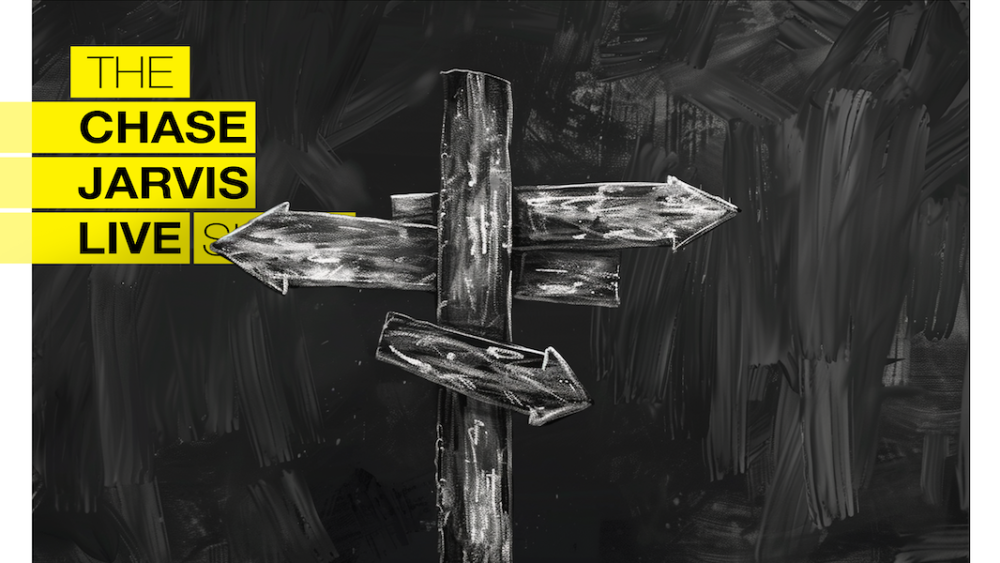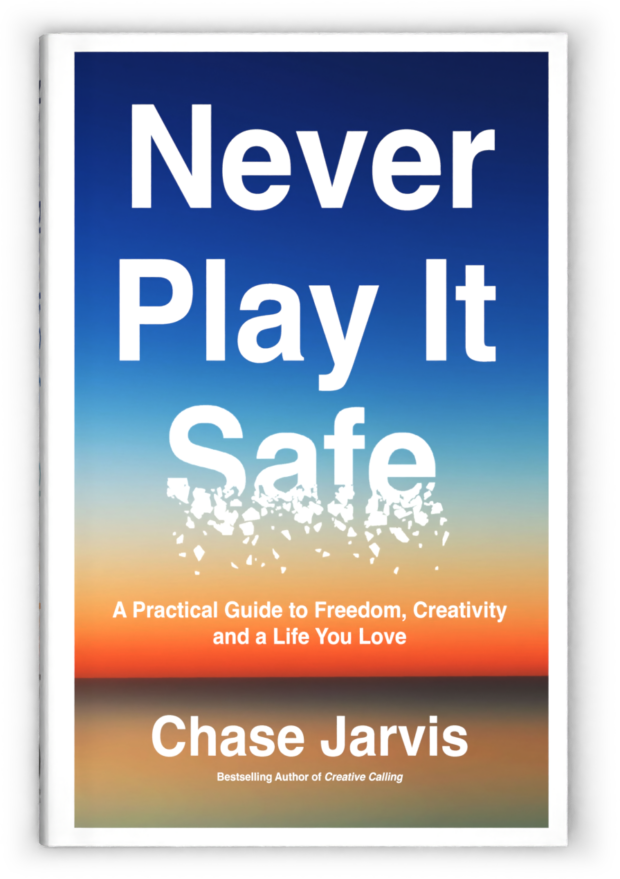The conundrum of whether to quit something—a job, a project, or a personal goal—is a crossroads we all face at some point. The impulse to walk away can be driven by various factors: fear of failure, lack of progress, or simply the realization that our efforts no longer align with our deepest values and aspirations. But how do you tell if you’re just hitting a rough patch or facing a sign that it’s time for a change? Is this pain just part of the process or a reason to walk away?
I’ve been thinking about this a lot and found a couple of gems that really help you suss out what your intuition is trying to tell you at any crossroads.
1- The REFLECT Framework
Like many good frameworks, it’s an acronym. It’s sitting down with a good friend (you!) who asks you the right questions—ones that make you think and feel a bit deeper about what’s going on. So get out your pen and paper and start:
R – Reasons: Start by articulating why you’re considering quitting. Is it because of external pressures, internal doubts, or a mismatch between your efforts and your passions? Pinpointing the exact reasons can clarify whether the root issue is temporary or systemic.
E – Effort: Reflect on the amount of effort you’ve put in. Have you truly given it your all, or are there areas where you could push a bit harder? Assessing your dedication can help determine if you’ve reached a true impasse or if there’s still room for growth and improvement.
F – Fear: Identify any fears holding you back. Are these fears of failure, judgment, or something else? Understanding the nature of your fears is crucial, as it’s often fear, rather than lack of capability or opportunity, that nudges us towards quitting.
L – Losses and Gains: Weigh the potential losses and gains. Consider what quitting will cost you in terms of time, investment, and emotional energy versus what you might gain, such as relief, new opportunities, or a clearer path to your goals.
E – Explore Alternatives: Before making a final decision, explore all other avenues. Could a pivot within your current trajectory offer a new lease on motivation? Sometimes, the solution isn’t quitting but adjusting your course.
C – Consult: Seek advice from mentors, peers, or anyone whose opinion you value. External perspectives can shed light on blind spots, offer encouragement, or validate your feelings, providing crucial input to your decision-making process.
T – Time: Finally, give yourself a deadline to decide. This prevents the decision from lingering indefinitely, which can be a source of stress in itself. Setting a time limit encourages action, whether it’s to make a change or to double down on your current path.
Applying the REFLECT Framework in Your Life
Write down your thoughts and responses to each segment—this can make abstract feelings and doubts more concrete, helping to clarify your decision.
For instance, if after reflecting on your Reasons and Effort, you realize your desire to quit stems from a temporary setback rather than a deep-seated mismatch, it may indicate that persevering is the right path. Conversely, if fears of short-term failure are all that’s holding you back from a decision that aligns better with your long-term aspirations (as identified in the Losses and Gains and Explore Alternatives steps), it might be time to consider a bold pivot.
The goal of this exercise is to add thoughtful intention to the decision making process. Through this structured reflection, you can navigate the complexities of wanting to quit with more clarity around your motivations, fears, and aspirations.
2- The 10-10-10 Rule
The essence of the 10-10-10 Rule lies in its simplicity: evaluate the impact of your decision in three time frames—10 minutes, 10 months, and 10 years. Think of this as getting advice from your future self—looking back, what would they tell you? It’s about gauging the impact of your decision in the short term, a bit down the line, and way into the future:
- 10 Minutes: Consider the immediate aftermath of quitting. Will relief be the overriding emotion, or will regret quickly seep in? This short-term view focuses on your gut reaction, helping to gauge the intensity of your current dissatisfaction or stress.
- 10 Months: Here, you assess the medium-term repercussions. Imagine the potential outcomes of sticking with your decision. Would you be in a better position, having moved past temporary challenges? Or, if you decide to quit, what new opportunities or paths could open up for you?
- 10 Years: This long-term perspective asks you to consider how your decision aligns with your overarching life goals and values. Will quitting bring you closer to the person you aspire to be, or will persevering through adversity pay off in ways you can only now imagine?
Applying the 10-10-10 Rule to Your Situation
This can be a simple thought exercise, but I think it’s more effective if you take some time to write down your reflections for each of the three timeframes. Be as detailed and honest as possible. It’s also helpful to discuss these reflections with a trusted friend or mentor, who might offer perspectives you hadn’t considered.
For example, if contemplating quitting a job you’re fed up with, the 10-minute reflection might reveal a profound sense of relief at the thought of leaving, signaling that the decision aligns with your immediate emotional well-being. Looking ahead 10 months, you might envision yourself in a more fulfilling role or pursuing further education to open new career paths, suggesting positive medium-term outcomes. And in the 10-year scenario, you may see yourself established in a career that not only fulfills you but also offers the growth and stability you desire, affirming the long-term benefits of your decision.
These two frameworks can be powerful allies at any crossroads… Should I stay, or should I go? One gets you to dig deep into the now, and the other helps you look at the bigger picture over time. Together, they ensure that whatever choice you make—to stick it out or to head in a new direction—you’re doing it with a clear head and a full heart, aligned with your deepest dreams and values.
So if you’re at a crossroads and grappling with these tough questions, grab a coffee, sit down and give yourself the space to really listen to what your gut and your heart are telling you.
Until next time.








